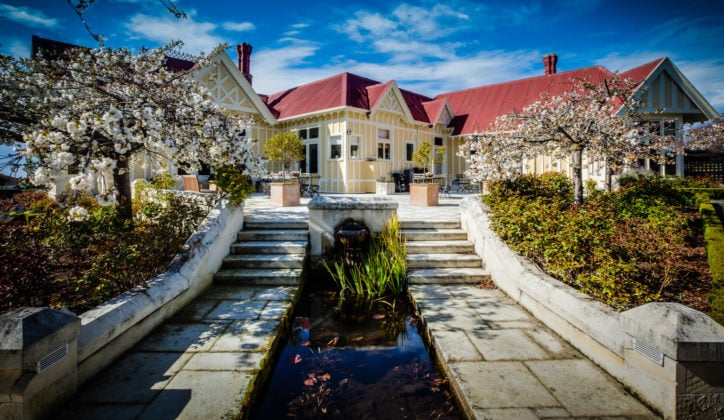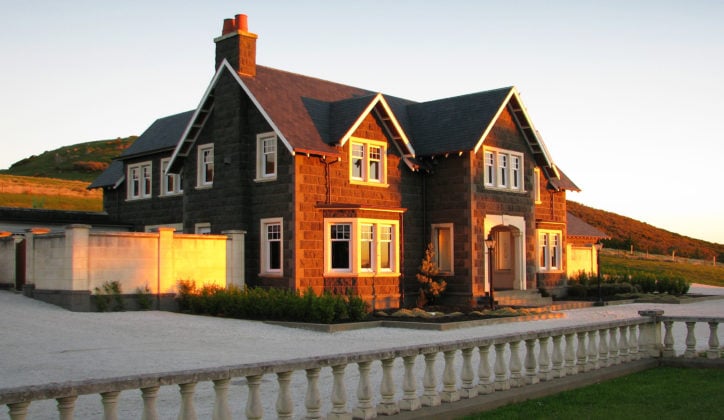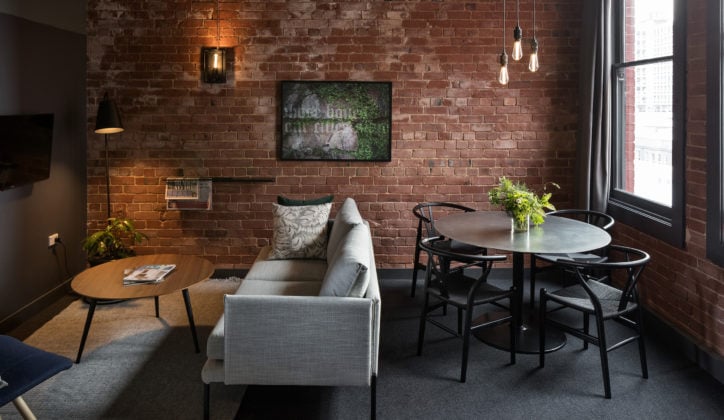The main city of the southern part of the South Island, Dunedin is a vibrant place to spend a few days. Its name is distinctly Scottish and the city has a strong and proud Celtic history. The New Zealand Company picked the Otago Harbour as the site for a Scottish settlement in the 1800s; one of the first people to arrive was Thomas Burns, the nephew of famous Scottish poet, Robert Burns.
The city is full of Victorian and Edwardian architecture and its centre is compact and easy to explore. It is centred around The Octagon, which itself is surrounded by the Public Art Gallery, municipal chambers and St. Pauls cathedral.
Dunedin is a university town and there is a good selection of lively restaurants and bars. It is also a great base from which to explore the Otago Peninsula with its rugged landscape, beautiful beaches and wildlife.
100km north of Dunedin is the coastal town of Oamaru, known for its white stone architecture and preserved heritage buildings. In the late 19th century, the town prospered thanks to gold mining and quarrying, and several elegant buildings were built from the local limestone. Oamaru Harbour is also home to a colony of little blue penguins – head to the beach just before sunset and see them waddling down to their resting place for the night. There are also yellow-eyes penguins that can be viewed from a special hide.
Inbetween Oamaru and Dunedin are the mystical Moeraki Boulders. These enormous spherical rocks, weighing several tonnes each, are scattered across Koekohe Beach and it is believed they formed in the sea floor sediment around 60 million years ago. Maori legend has it that the boulders are remains of gourds and eel baskets that were washed ashore when the legendarry canoe, the Araiteruru was wrecked at Shag Point.
When to go
This region has a cooler climate with average summer temperatures of 65°F and winter temperatures of 45°F.
Itineraries including Dunedin and Coastal Otago
Accommodation in Dunedin and Coastal Otago
Here are some of our travel designers' favourite options















